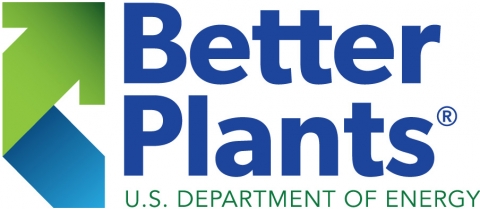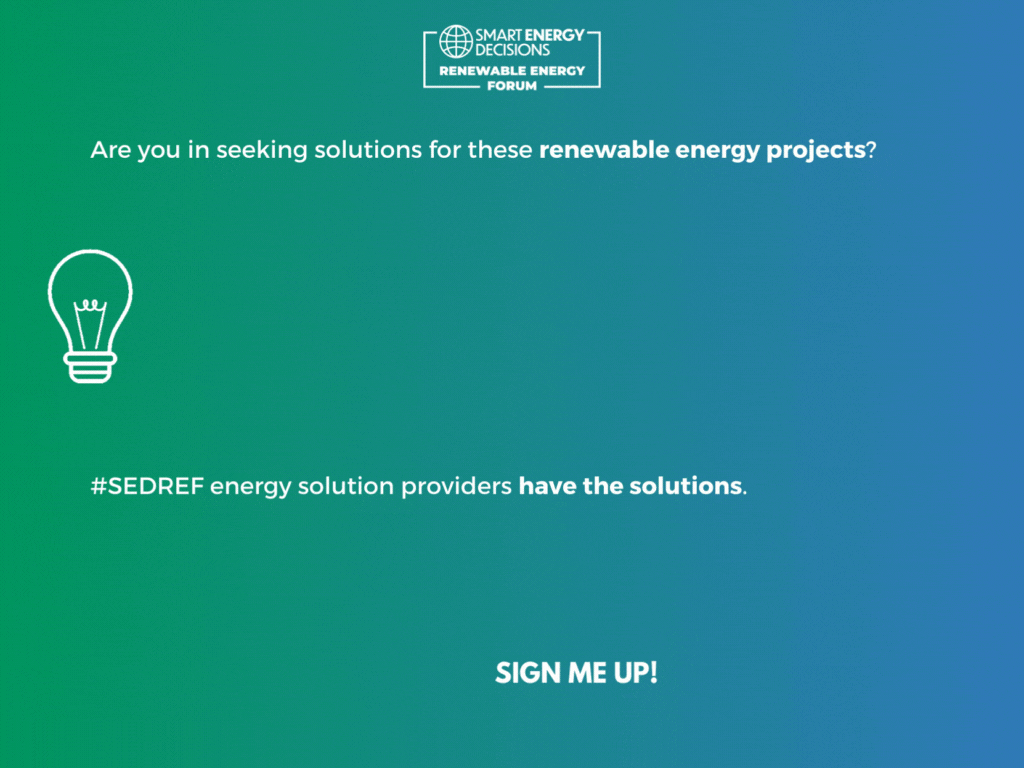Distributed Energy Resources, Energy Efficiency, Energy Storage - September 25, 2020 - By Better Buildings
Resilience Isn't a Project - It's a Mindset for Better Plants Partners
2020 has been the year of “the pivot” – of looking critically at every part of operations and thinking creatively about new approaches to doing business.
Changes that businesses would never have dreamed of a few months ago have become commonplace. News of British shirt factories now producing masks and hospital gowns, or an award-winning distillery ditching gin for hand sanitizer, is a new normal.
While some companies have had to make significant cultural changes to adapt their output, creative and innovative thinking has driven the success of Better Plants partners for years.
Better Plants partners have cumulatively saved more than $6.7 billion and 1.3 quadrillion BTUs of energy – all built on principles of innovation, creative thinking, and challenging the status quo.
So, as the COVID-19 pandemic shook our lives and economy, partners like General Motors (GM) and L’Oréal USA did what they always do – adapted.
For GM, that meant looking at their plants in a whole new way. To start, the auto manufacturer needed to turn their facilities into oh-so-efficient sleeping giants. Energy managers throughout the company tracked the performance of each plant, competing to see who could reduce energy-use the most during the shutdown, maximizing the company’s savings to weather the storm. Leading plants reduced their energy use during periods of plant shutdown by 95 percent.
Meanwhile, plants started looking for new ways to put their facilities to work. Ideas came from the plant employees themselves. Clean rooms typically used to build transmissions became facilities for producing masks and gowns, with workers who specialize in interior trim for vehicles now sewing protective equipment for healthcare professionals. An employee with expertise in 3D printing developed frames for face shields. Just four weeks after shifting its product mix, GM delivered one million face masks and had shared production plans with GM suppliers, the Original Equipment Suppliers Association, and the Michigan Manufacturers Association to help other manufacturers ramp up their own production efforts.
The auto manufacturer has also established a partnership with medical device company Ventec Life Systems to produce 30,000 ventilators by August 2020, relying on GM’s manufacturing expertise and global supply chain.
The operational changes are dramatic, but those closest to the action tend to downplay the transition. “When you have the technology to build a vehicle, there’s not much you can’t do,” explains Al Hildreth, GM’s global energy manager who has spent his career transforming GM into one of the most energy-efficient vehicle manufacturers on the planet using exactly the same creative thinking that has seen the company through 2020’s challenges.
The attitude is similar at L’Oréal, where lines that typically produce cosmetics have cranked out more than 40 million units of hand sanitizer, globally.
“We are great at making products – that’s not the issue,” said Jay Harf, L’Oréal’s vice president of environment, health, safety, and sustainability. “The most important thing is getting people’s minds around this transition. An agile mindset, combined with extensive launch experience, gave us the ability to adapt our lines to produce hand sanitizer, leverage onsite technology to build intubation boxes and face masks, and react to sudden shifts in consumer demand.”
For L’Oréal, finding and cultivating that agile mindset starts right before new employees have even signed on the dotted line. Roles at L’Oréal plants are explained to job applicants as a pursuit of four principles: excellence, safety, environmental stewardship, and innovation.
“We look for candidates who demonstrate logic, reasoning, and problem-solving skills, and we test them with questions that put them in the position of a decision-maker,” explained Harf.
L’Oréal also gives young talent perspective on the entire business through its GROW program – an internal program that helps employees prepare for future management positions by introducing them to sourcing, packaging, manufacturing, and e-commerce partners like Amazon.
The agility of L’Oréal’s team allowed them to pivot to hand sanitizer production in under two weeks, including formula development, manufacturing, packaging, and distribution.
That work has been accomplished without losing sight of the company’s larger goals. In May, the company announced the L’Oréal for the Future program, introducing new goals for 2030 to addresses critical environmental and societal issues, including plans for all global sites to achieve carbon neutrality by 2025. GM has set similar goals, aiming to reduce absolute carbon emissions from its operations by 31% by 2030.
That’s not to say more change is always better.
“It’s critical that change comes from established need,” Harf cautions. “You can adapt too often. Our culture is built on a clear understanding of why there is a need for change. Always seek to serve and to care about your employees and your customers. Never lose sight of your goals and objectives. Evolve to a better version of your company, product, and process. And don’t shake the foundation each week to be the cool guy on the block.”
Sound advice. After all, the coolest person on the block isn’t the one who reinvents themselves over and over again, it’s the person who can try something new and make it look natural – but that’s a topic for another time.
This column previously appeared as a blog from the Better Buildings Beat Team.
 The Better Plants Program, part of the U.S. Department of Energy’s Better Buildings Initiative, works with leading manufacturers and utilities to help boost their competitiveness through improvements in energy, water, and waste efficiency. Through Better Plants, partners set a specific goal, typically to reduce energy intensity by 25% over a 10-year period across all their U.S. operations and receive support in the form of technical assistance and national recognition.
The Better Plants Program, part of the U.S. Department of Energy’s Better Buildings Initiative, works with leading manufacturers and utilities to help boost their competitiveness through improvements in energy, water, and waste efficiency. Through Better Plants, partners set a specific goal, typically to reduce energy intensity by 25% over a 10-year period across all their U.S. operations and receive support in the form of technical assistance and national recognition.
Twitter: @BetterPlantsDOE
LinkedIn: https://www.linkedin.com/showcase/better-plants/
Share this valuable information with your colleagues using the buttons below:
« Back to ColumnsStay Up-To-Date












